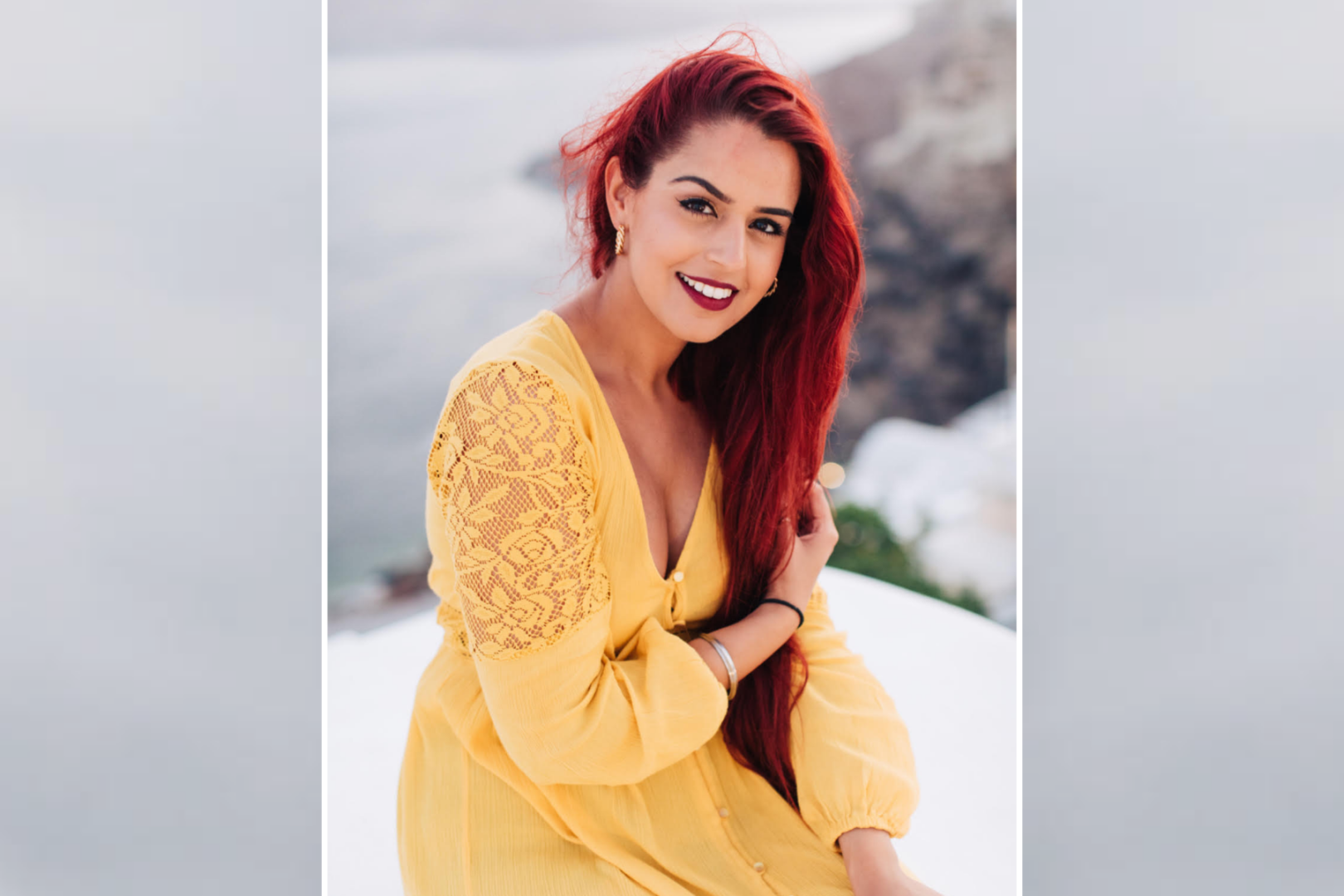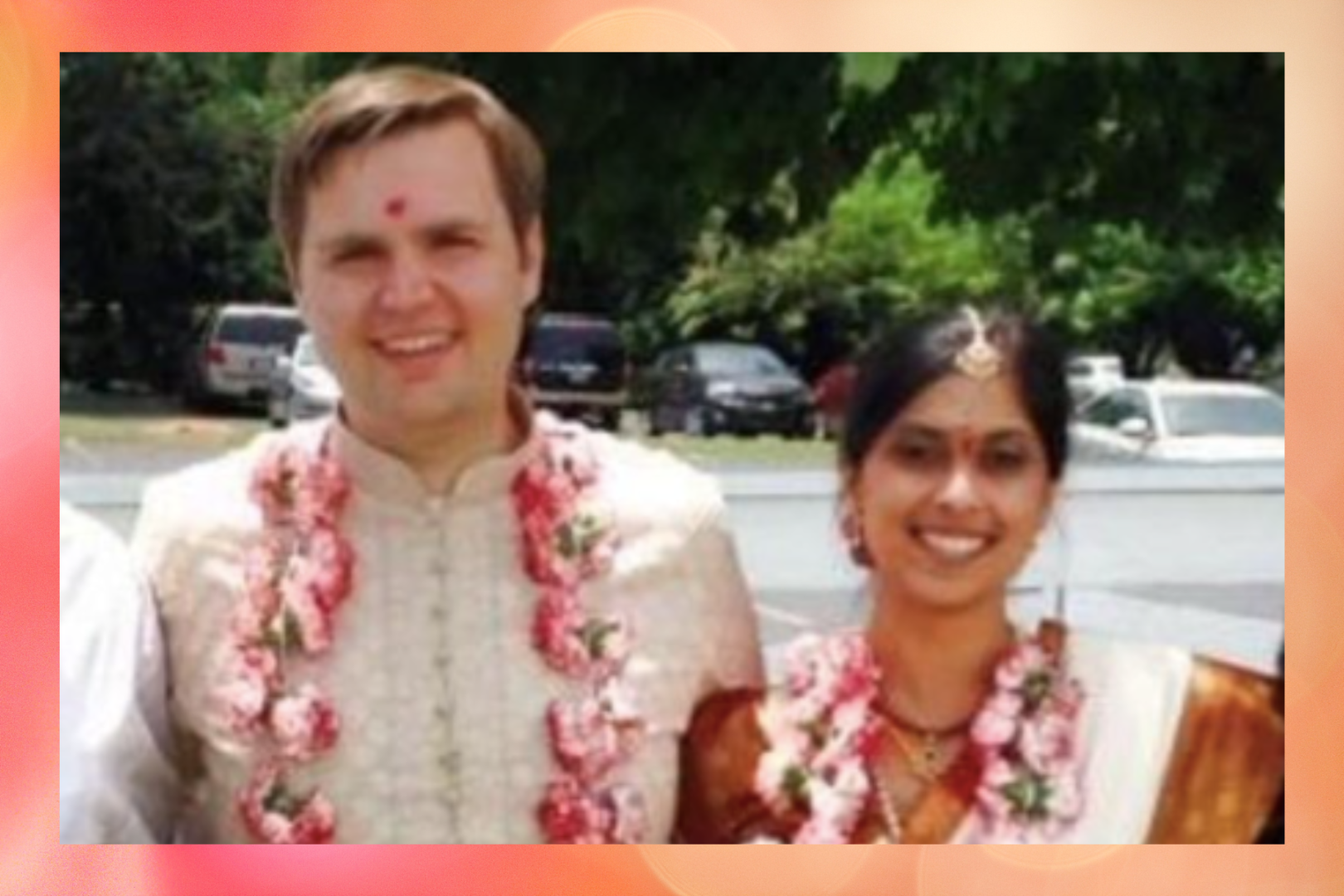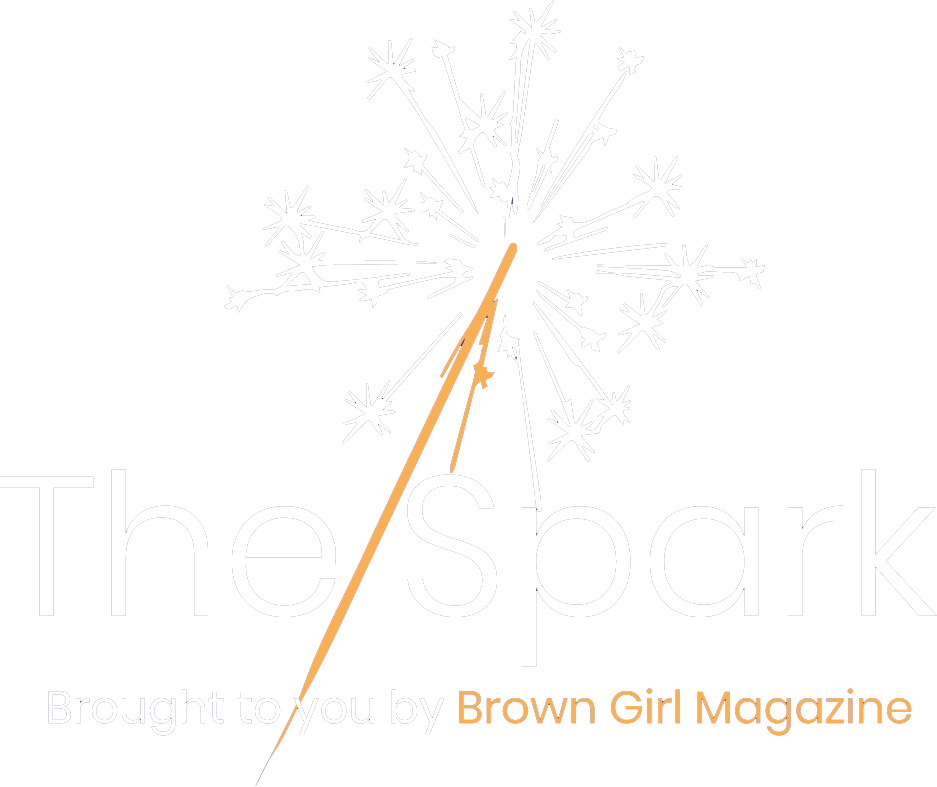by BG Staff
The following post is a collaborative of SAALT and Brown Girl participants.
As this year’s official media sponsor for the fifth annual South Asian Americans Leading Together (SAALT) Summit in Washington D.C., we witnessed as hundreds gathered for a four-day event to raise their voices on immigration reform, hate violence, racial profiling, and strategized with community leaders on sustaining a movement for collective justice.
While at lunch at @SAALTweets #NSAS15, the panel focuses immigrant worker rights, domestic violence & gender justice pic.twitter.com/mhiJsexMVY
— Brown Girl Magazine (@BrownGirlMag) April 11, 2015
Participants heard from thought leaders from the civil rights, racial justice, and immigrant rights movements, among many others; examined emerging trends on core issues for South Asian American communities such as building unity with the Black Lives Matter movement; and connected with fellow community advocates and activists. SAALT’s Executive Director Suman Raghunathan noted:
“This year’s Summit was informed by the core theme of ‘Claiming Our Power’ – which is critical as we remember South Asian Americans are the most rapidly-growing demographic group in the U.S. After identifying community priorities and core strategies to mobilize our diversity to claim our power, we are ready to demand justice for South Asians and many others in the U.S.”
At this year’s Summit, we saw a diverse group of participants, including students and seniors, thought leaders and social workers, DREAMers and filmmakers, lawyers and counselors, reflecting a rich diversity in experience, religion, ethnicity, and national origin – who connected through a sense of collective identity, commitment to strengthening their communities, and a belief in social justice. The four-day Summit included two full days of sessions on pressing issues for the South Asian American community in the United States.
So this happened: a #selfie with the #ED herself @SumanSAALT! Congrats on a great day2 at #NSAS15! #ClaimYourPower pic.twitter.com/YerLVYN33X
— Brown Girl Magazine (@BrownGirlMag) April 12, 2015
“[…T]he Summit showed me that we have a lot of talent among the community. I am heartened by the efforts to build coalition, have solidarity, and have unity so that [our] voices [can] reach a bigger platform. To collaborate and bring unity in our message is much needed. [SAALT and its partners] ha[ve] great knowledge in stating their messages, being inclusive, and [have] a strong message,” said Nazli Chaudhary from the Domestic Harmony Foundation.
Manisha Lance, advocacy services coordinator at Raksha, Inc. noted:
“The SAALT Summit is a great space to meet other activists. I was able to see other people working in other fields like racial profiling, classism, and environmentalism. Our struggles and strengths are similar and it helps us learn and build solidarity.”
And last but not least, Arvin Chatterjee, a technologist, storyteller, and activist from Berkeley, Calif., said:
“I am leaving the SAALT Summit incredibly inspired. It’s my third time at the conference and every time I come, I rebuild my network of collaborators and co-conspirators. The things I learn from here, I will take back and include them into my community.”
Of the many panel discussions we attended, we describe two in detail below:
One of the myriad discussion sessions held at the SAALT Summit 2015 featured one in particular interest to me: South Asians vs. Climate Change: Building a Desi Climate Justice Movement. Four South Asian Climate Change advocates—Barnali Ghosh, Anirvan Chatterjee and Neha Mathew representing the Brown and Green: South Asian Americans for Climate Justice, and Sumeet Kaur with EcoSikh—moderated the conversation with fellow Summit participants and Desi Justice advocates.
All participants agreed that engaging the South Asian community in the United States is an important step in addressing the global climate crisis. Given that many members of the desi diaspora originate from countries severely affected by climate change, they hold a unique position for championing climate justice in one of the most environmentally destructive countries (i.e. United States) in the world.
During the first part of the discussion, Ghosh reviewed slideshow presentations featuring life in climate change-stricken areas, namely Karachi and Bangladesh, as well as pictures showing national and trans-organizational desi activism at climate change rallies and events.
The slideshow presentations revealed the gravity and imminence of climate change’s destructive effects on international communities as well as the impressive alliance between different desi justice organizations within the United States.
One of the advocates, Mathew, attended a climate change rally in New York City and described her experience as “powerful” and an important “reminder of the South Asian community influence in demanding climate justice.” In addition, Kaur highlighted the Sikh and international religious alliances dedicated to practical action for the environment.
During the second part of the session, attendees split into small discussion groups to strategize ways to involve the broader South Asian community and build a formidable justice movement. Some of the ideas included creating an annual National Climate Change Summit for South Asians, using art such as painting, sculpture, movies and videos to bring attention to climate change issues, publishing monthly press releases or blog features about South Asian climate change advocates, and doing community outreach via existing desi organizations. Moreover, each participant explained how his or her respective organization can play a part in campaigning for international climate justice.
In all, the Building the Desi Climate Change Movement session underscored the necessity of South Asian involvement in climate change justice in the United States. Furthermore, the brainstorming sessions served as an excellent foundation for the future collaboration needed between desi advocacy groups in order to bring about meaningful change for our brothers and sisters in South Asia. Follow the Brown and Green: South Asian Americans for Climate Justice and EcoSikh on Twitter @southasiangreen and @Ecosikh, and become involved today.
One workshop, Reclaiming Government: A Dialogue about the Intersection of Race, Ethnicity and the Public Sector’s Role in Advancing Equity, proved to be successful in engaging participants with their own idea of how to go about reclaiming government for our own safety.
Panelists Anika Fassia (Public Works) and Simran Noor (Center for Social Inclusion), kicked off an interactive discussion among participants about ways to reclaim government. Both Noor and Fassi covered a major topic and term “racial equity” and gave a thorough definition of the term.
“A process or lens and the outcome we seek. It’s an inclusive approach to transform structure toward access justice, self-determination, and redistribution for the socialist in here and the sharing of power in resources. “
In an effort to examine racial inequity, they led their discussion in an exercise to see where participants stand on multiple statements on a scale of strongly agree, agree to strongly disagree. Some statements included whether or not the participants have a clear understanding of racial equity, and if they feel as a person of color they must have a role in racial equity. Noor also noted that diversity is becoming the new majority and we should expect to be the majority by 2040.
“We are a growing new majority. People of color will be the majority by 2040,” she said. “Even as we are progressing towards a better system we’re still going to be experiencing discrimination and racism, “ she later continued.
Still, both Fassi and Noor emphasized that while we have a long way to go, we have to be adamant in addressing key issues. Participants chimed in on those key issues by mentioning the need to feel safe as well as dealing with gentrification in neighborhoods.
Post Panel: Aparna B., Jasvir Kaur, Pani Kalra + @RaziaKosi1 @CHAICounselors celebrate wellness #NSAS15 @SAALTweets pic.twitter.com/SLh5Elw5JI — Brown Girl Magazine (@BrownGirlMag) April 11, 2015
Some thoughts on gender roles shared by participants at the discussion w/ @ApnaGharInc. Agree/Disagree? #NSAS15 pic.twitter.com/OqF7oYgGkE
— Brown Girl Magazine (@BrownGirlMag) April 11, 2015




